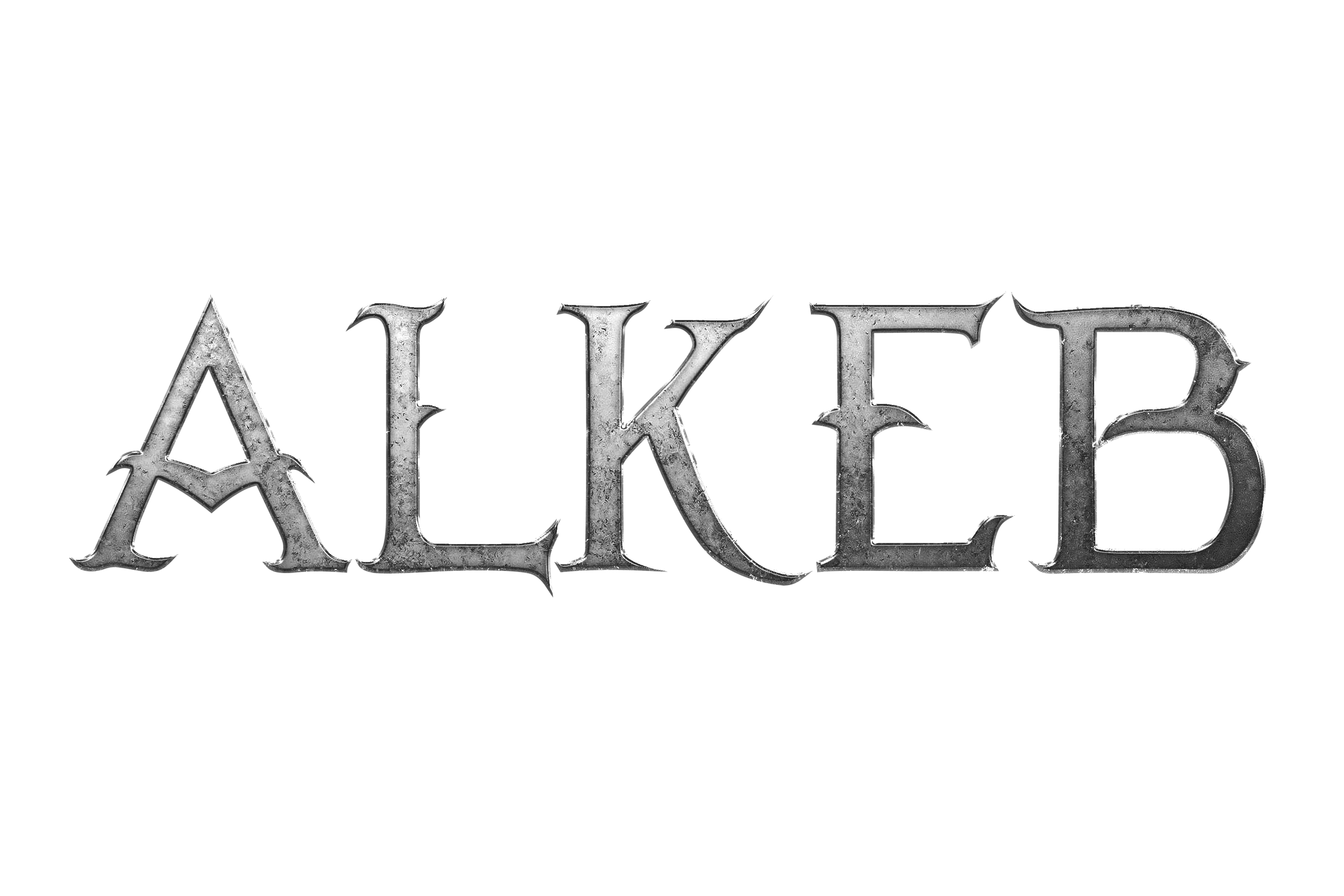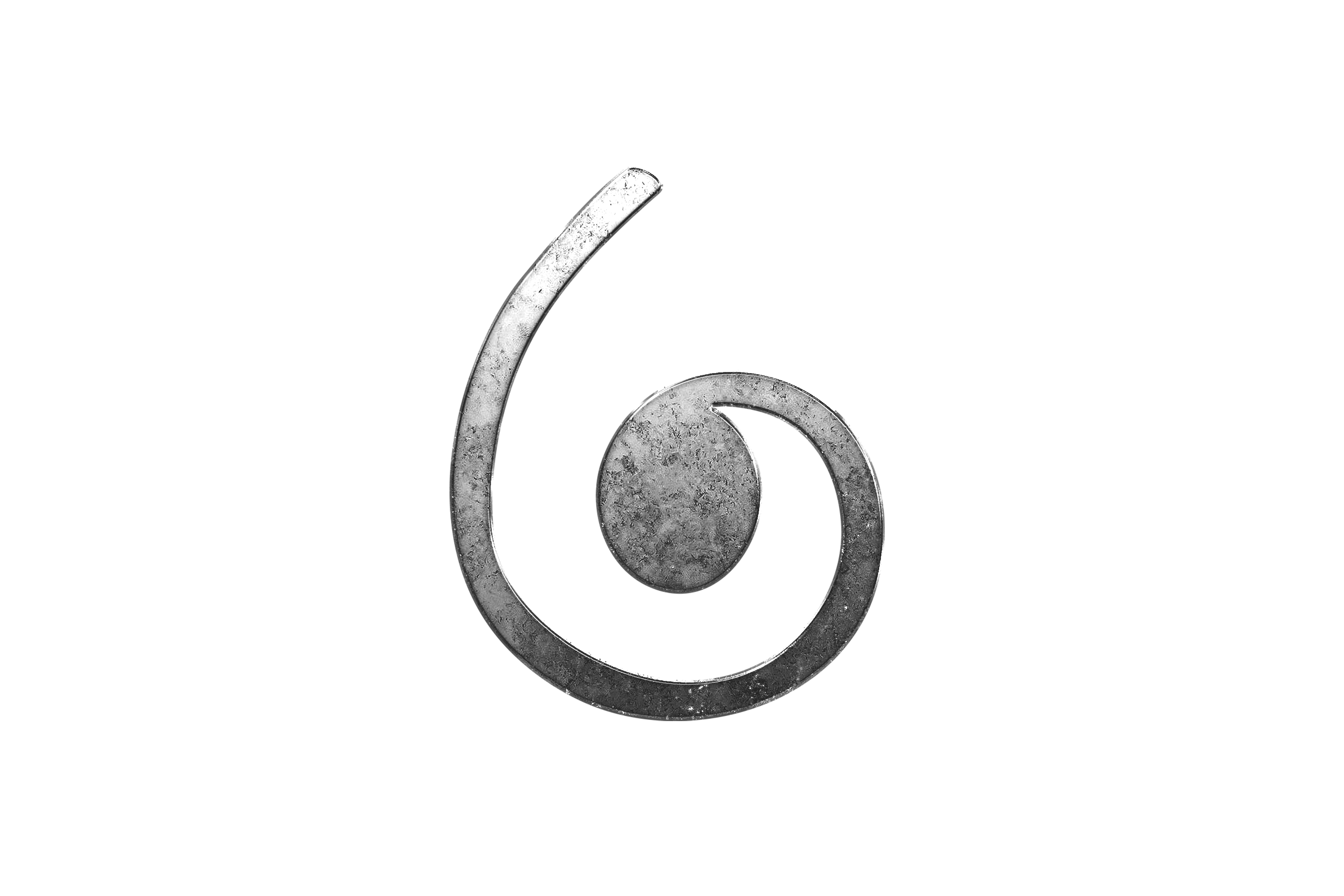The Alkeb Kingdom is governed, on a spiritual and cultural level, by a single body: the Spiritual Council
Not to be confused with the Spiritual Tribe, which includes all the unelected Azizas, shamans, and Kizoyus, the Spiritual Council is distinguished by its specific role and independent functioning. Unlike the other tribes of the kingdom, generally anchored in a specific geographical area and structured around clans, the Spiritual Tribe knows no fixed borders and is subject only to the law of the council and the spiritual tribunal.
The Spiritual Council intervenes only in the cultural and spiritual domains of the kingdom. It meets only during major events or urgent crises. No political interference or clan influence is tolerated within it, and no decisions of temporal power are made there.
The King can only sit on it if he is recognized as a Kizoyu or shaman . Without this status, he has no seat on the Council.
This organization guarantees the integrity of the Council, ensuring that its members are chosen for the nobility of their soul and their spiritual commitment, free from partisan influences or political ambitions.
The 24 Kizoyus
The Kizoyus are alkebs with special spiritual faculties, whose main strength is linked to their shimmering of the endokã . Also, when they activate their endokã, their eyes take on a characteristic purple tint.
Although the shimmering of the endokã is a skill shared by all alkebs, the uniqueness of the Kizoyu lies in the fact that they can share their endokã with living beings within a certain radius around them, establishing a spiritual connection. The extent of this radius varies depending on the power and mastery of the Kizoyu: the more skilled and powerful the Kizoyu, the wider the scope of connection.
Once the connection is established, the living being, whether human, alkeb , or animal, feels a special bond with the Kizoyu. This phenomenon is called making “unity,” or making “ubunye” (ou-boun-yé).
During this time, the person or animal benefits from certain enhanced abilities, including night vision, as well as the ability to connect spiritually with other living beings. People are thus able to feel each other's emotions, even without touching each other.
Kizoyus are known to possess a significantly more powerful endokã shimmer than ordinary alkebs . In addition to this energetic superiority, they also possess various psychic abilities that manifest based on their mastery of the shimmer. These abilities vary depending on the type of Kizoyu and their level of skill.
-
The chimerical:
The Chimericals constitute a special category of Kizoyus . Thanks to an advanced mastery of ubunye , these Kizoyus are capable of profoundly altering a living being's perception of reality.
Their power induces powerful and realistic hallucinations , plunging the target into an illusion so convincing that they can lose all sense of direction. In some extreme cases, the effects of this illusion persist even after the spiritual link is severed.
The victim may then remain trapped in a psychic prison created by his own mind, developing severe mental disorders such as forms of schizophrenia or acute paranoia .
This rare faculty is generally reserved for Kizoyus who have reached a level of advanced spiritual mastery , notably in the art of ubunye and the fine manipulation of the endokã .
Due to its dangerousness, the use of this power is strictly regulated by the spiritual code of the Kizoyus.
Any transgression of this rule is punishable by appearance before the spiritual tribunal , a body responsible for enforcing harmony and balance among the holders of the endokã . -
The dream walkers:
Another type of Kizoyu specializes in exploring the dream world. These individuals can enter a sleeping person's dreams and consciously interact with them.
Moreover, when they perform ubunye, a spiritual fusion with another living being, these Kizoyus are also capable of reading the thoughts of their interlocutor, whether it is a human, an alkeb, or an animal.
This ability can, however, be easily countered if an alkeb uses its own shimmer to prevent this kizoyu from entering its head and reading its thoughts.
These kizoyu are also known to be able to perform astral travel. -
The clairvoyants:
The rarest type of Kizoyu is the clairvoyant . These individuals, endowed from birth with superior intelligence and exceptionally developed intuition, are distinguished by their ability to anticipate future events, without necessarily resorting to their shimmering.
Their spiritual acuity makes them capable of extraordinary interpretations and perceptions.
When a clairvoyant establishes an ubunye , that is, a spiritual fusion, with another living being, he can access not only his past, but also fragments of his future.
This double temporal reading, however, does not apply to their own future, which remains inaccessible, even to their own faculties.
Like dreamwalkers and chimericals, clairvoyants may encounter resistance when attempting to access another Kizoyu's memories during an ubunye.
Indeed, if the latter has advanced mastery of shimmering and has been trained to protect his memories, he can block or alter access to certain information.
Conversely, humans and animals have no natural spiritual defenses against this form of psychic reading.
The 26 Azizas
A role as coveted as it is honorable, that of the azizas grants those who hold it the privilege of wearing a cloak of invisibility.
Azizas are exceptional spiritual figures, each possessing a cloak of invisibility, a symbol of their unique status. They communicate with each other using kriké , a language imitating insect sounds, particularly when they are invisible. According to oral tradition, this language was transmitted to the insects by the Azizas themselves.
Their appearance is marked by a distinctive sobriety: a long turquoise or white dress during council meetings, a scarf on the head and a semi-transparent cape made of argentium alkeb fiber, woven by the weavers .
The weavers, a separate branch of the Aziza community, number nine. They combine the ultra-resistant silk of the C aerostris darwini spider , or more commonly known as the purple widow, with filaments of Argentium Alkeb, creating invisible capes of rare strength and great beauty.
These cloaks take several months to make, or several moons according to the alkeb count. When activated by the vibrations of the shimmering endokã of the aziza, they reflect light, rendering the person completely invisible.
The use of these cloaks is strictly reserved for the Azizas. They may move freely in the human world, but must imperatively answer the call during council meetings, wherever they may be. Invisible, they refrain from acting or speaking.
The Azizas are also the guardians of ancient knowledge, whose role is largely confined exclusively to the observation of the world.
Experts in plant medicine, they are also the protectors of fauna, flora and the veils of the interworld.
Although the number of female representatives is known, the exact number of all azizas remains unknown, a mystery kept by the Spiritual Council in order to protect their anonymity and thus preserve their integrity.
Their influence is great: they report their observations to shamans, djēles, governors or even the king.
The 26 official representatives oversee the 24 regions of the Alkeb Kingdom, in addition to the Black Jungle of Nirãni, which is uninhabited by the alkebs. The Great East and the Great West, corresponding respectively to the African-European and American continents, are considered two uniform human regions without distinction by the alkebs.
The 22 Spiritual Sages
Spiritual Sages, a title granted to shamans of the spiritual tribe who hold a seat on the council, occupy a central place in traditional Alkeb society, where they are guardians of ancestral memory, healers, and masters of sacred rituals. Their role goes beyond the simple transmission of knowledge: they embody the balance between the visible and immaterial worlds, and are considered the living pillars of spiritual culture. Alkeb.
Origin and functions of the Spiritual Sages
Their training is based on an intensive initiation process , carried out with a local shaman over several dozen cycles. Becoming a Spiritual Sage involves mastering a wide range of knowledge: ritual practices, natural healing techniques, and recognized skill in the mirroring of the endokã. These sages intervene in all stages of community life:
-
Weddings
-
Birth celebrations
- Celebration of the new King or Guide
-
Rites of passage
-
Funeral
Their connection to the invisible world also allows them to help people affected by maxetanis , malevolent spiritual entities from Alkeb folklore.
Institutional influence and role
In addition to their ritual and spiritual functions, many shamans teach in the kingdom's academies , where they share their knowledge with new generations. If their influence is recognized and respected, they may be called upon to sit on the Spiritual Council .
A shaman becomes a member of the Council by free vote, without time limit. His mandate ends only in the event of abdication, death or by decision of the Spiritual Tribunal .
The Spiritual Tribunal
In order to ensure a fair and benevolent Spiritual Council , a Spiritual Tribunal has been established to prevent any abuse of power by its members.
A regulatory and monitoring body
Although the three members of the Spiritual Council are chosen for their rigor and spiritual commitment , the Spiritual Tribunal acts as a counter-power to ensure impartial justice .
Chaired by several alumni , its role is to:
- Examine the abuses and hear the accused,
- To rule on the faults committed ,
- Pronounce appropriate sanctions .
The Spiritual Court has not always been led exclusively by ancient azizas and spiritual sages . Throughout history, djēles and even kizoyus have also served on it, bringing their knowledge, wisdom, and unique insight into the spiritual and material world.
The djēles , as guardians of the people's oral traditions and memory , played a key role in interpreting ancient laws and ancestral teachings. Their deep knowledge of the stories and lessons of the past enabled them to guide the Tribunal with discernment.
The Kizoyus , for their part, endowed with exceptional perception and a deep understanding of the energies which govern the universe, were able to bring a unique spiritual insight to the decisions taken.
Thus, although the Spiritual Tribunal is today composed mainly of spiritual sages and azizas , its history bears witness to a great diversity of influential figures who have contributed to its mission: to preserve the balance and justice of the Alkeb Kingdom .
Fair and symbolic sanctions
The sentences handed down by the Tribunal are varied and proportionate , always imbued with symbolism and justice . They can range from:
- Demotion of a rank ,
- The loss of a title ,
- The loss of privileges linked to the status of kizoyu, spiritual sage or aziza .
- Confiscation of an Argentium Alkeb weapon.
Each major city in the Alkeb Kingdom has one or more Spiritual Courts , thus guaranteeing accessible and effective justice throughout the territory.
The sacralization of the Eternals
Beyond its judicial function, the Spiritual Tribunal is also responsible for elevating an Alkeb to the rank of Eternal , thus allowing him to enter the pantheon of venerated deities .
The very first Eternal of the Third Era was YA Odòn Mamake, called "The Bringer of the Dawn" , while the latest is ZA Ozòra Yemãa .
The Jade Forest and the Grave Trees
The Jade Forest is one of the spiritual high places of Alkebula, shaped during the second millennium by the Shaman-King of the Orun clan , who reigned there for more than 400 cycles.
This sovereign, the father of shamans and more generally, the father of the Alkeb culture that we know today, had the Sepulchre Trees erected there, sacred trees under which the deceased rest.
Since that time, members of the great lineages, notably of the Mamake clan, but also of certain clans linked by blood, are traditionally buried under these trees, where their endokã can, according to beliefs, persist within the trunk and the roots.
These trees are known to emit sapphire glows in sunlight and when an alkeb shines his endokã near a tree, hence its name, the jade forest.






Share the article:
Alkeb Culture Point: The Tribes